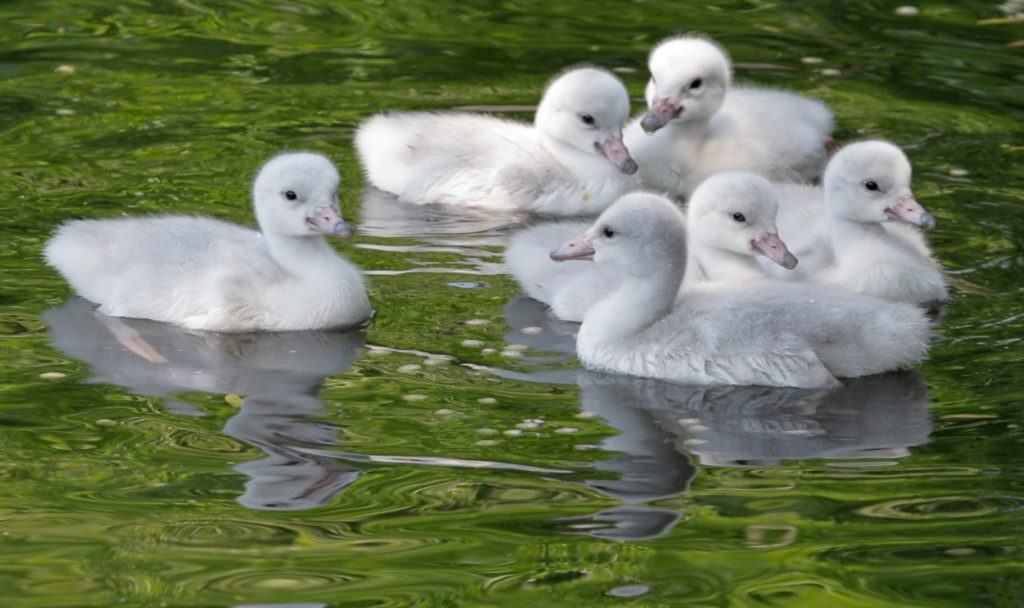You can really add impact to your images by including them as part of a series that paints a bigger picture, but to do this you need to be committed. Someone who knows this well is Ben Cherry. We spoke to him about his work documenting Flight of the Swans. This was an out-of-the box project by the Wildfowl Wetlands Trust, which aimed to raise awareness of the declining Bewick’s swan and shrinking wetlands throughout Europe. Cherry had the pleasure of photographing along the flyway as conservationist Sacha Dench took flight alongside the swans on their migration. She was, however, powered only by a paramotor (a small parachute strapped to a propeller engine) is she glided through the air.
When starting a project, it’s important to know what you’re setting out to achieve. ‘‘[We wanted it to] start conversations,” says Cherry, “from school visits to interactions with hunters and politicians. Flight of the Swans has ignited conversations throughout the fly way, and has brought together conservation bodies to hopefully work more cohesively in the future.” Photographing a wildlife project that can affect change is very challenging, but also extremely fulfilling. “Coming across Bewicks that were filmable in the Gulf of Finland was a really special moment for the wildlife crew getting to know the birds. We were then treated to an extraordinary lake in Germany where we found 1,000 Bewick’s in one place; our previous highest number was 17!

But the most meaningful moment was returning to Kihnu Island after ten days, going from an autumnal scene with Bewick’s, whoppers and mute swans present, to a harsh wintery scene with only mutes remaining, highlighting why these species migrate – it’s life or death.” When documenting this huge project, however, it was also important not to disturb the species. “The swans have, a few tell-tale signs – they would call and bob their heads when something was bothering them, from a predator to an onlooker who had got too close. We would use this as a gauge and then let the swans become accustomed to our presence.” Photographing a project that requires a lot of travel restricts the amount of kit you can take, so you really need to think about what you’ll need. Playing kit that you are familiar with will also help as you won’t miss key moments because you’re working out your settings. Cherry opted for a lightweight mirrorless option.
“I was photographing the project with the Fujifilm X-Series, particularly the new X-T2. It was the best option for space and weight, and allowed me to share images via my phone.” Equally as important to getting key shots is having a plan in place of what you’re looking to achieve. Ongoing projects like this, though, also require you to adapt and move with the situation you are faced with, so you often have to be prepared to change tactics quickly. “Other than a handful of situations, it was all about adapting to the birds. With a physical barrier like water, it meant that I had to maximise situations – using a burst mode and tracking autofocus allowed me to photograph the swans as they would take off or land.”
If you’re thinking of starting your own ongoing photo project, Cherry suggests sticking with something local to start with. This means you’ll be able to revisit the location easily, letting you paint the picture from start to finish, as well as go at key times when the light is just right. “Time is the most important factor with wildlife photography, so the more you can put into a project, the more you will eventually get out of it. Utilise local knowledge, find wardens, visit local reserves and get tips for the best places to go. Another nice idea would be to create a project around a local reserve, or even better a local conservationist, highlighting the interaction between humans and nature.”














